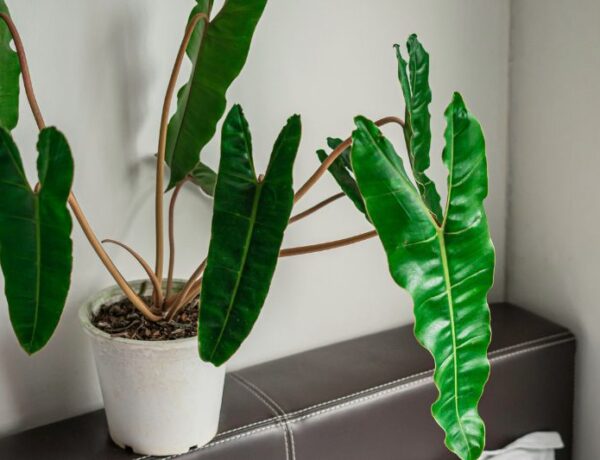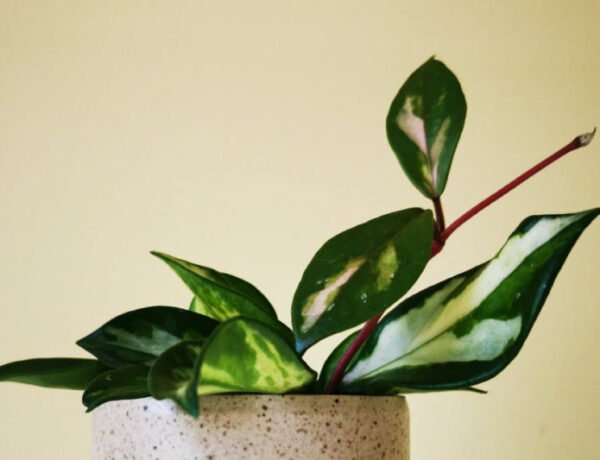Lithops are flowering succulents known for their unique appearance, which resembles small stones or pebbles. The plants have a pair of leaves that grow from a single stem, and each leaf is split down the middle, forming two halves. While the leaves are typically green, some varieties may have shades of brown, gray, and even yellow or orange.
In the wild, Lithops grow in rocky, sandy soils, which means they are well adapted to surviving long periods of drought. They have a specialized system of photosynthesis that allows them to absorb water and nutrients from the air, rather than relying on root systems to absorb moisture from the soil.
Taxonomically, Lithops belong to the family Aizoaceae, which includes many other species of succulent plants. Within the family, they are classified as part of the genus Lithops, which contains around 40 different species. All species of Lithops are native to southern Africa, and they are commonly found in Namibia, South Africa, and Botswana.


Table of Contents
What are the main causes for Lithops not flowering?
There are several potential causes for Lithops not flowering, and understanding these causes can help you troubleshoot any issues you may be experiencing with your succulent. In this section, we will explore some of the main reasons why Lithops may fail to flower and provide tips for encouraging healthy flowering in your plant.
» Age
Lithops are slow-growing and typically do not flower until they are at least 2-3 years old. If your plant is younger than this, it may not have reached the age at which it’s capable of flowering. All you have to do is be patient and give your succulent the time it needs to mature before expecting flowers.
» Insufficient light
Since they are native to southern Africa, where they grow in sunny, arid environments, Lithops need a lot of sunlight to grow and thrive. This means they should be placed in a location that gets plenty of direct sunlight, preferably at least 4-6 hours per day. If the plant is not getting enough light, it may struggle to flower.
» Incorrect temperature
Lithops prefer warm temperatures and should be kept in a location that has a temperature range of around 65-80°F (18-26°C). However, if the temperature fluctuations are too extreme, these plants might have difficulties when it comes to flowering.
» Improper watering
Like all plants, Lithops need water to grow and thrive. However, these succulents come with some different needs when it comes to watering.
Usually, you’ll want to water your plants from late spring into summer, and then stop watering when the plant goes dormant in the summer. If the plant shrivels significantly, you should give it a small amount of water to restore its firm appearance.
Resume watering in late summer or early fall when your Lithops start to grow and bloom again. During the winter and spring, allow the plants to be totally dry as the old leaf pair dries out and the new pair develops. It is important to let the old leaves completely dry up before watering again, as watering too soon can cause the old leaves to continue to grow and disrupt the proper development of the plant.
» Nutrient deficiencies
As a general rule, fertilizing your lithops is not necessary since they aren’t heavy feeders and typically receive very little fertilizer in their natural habitat.
However, if you want to encourage flowering, some people choose to provide their lithops with a diluted, low-nitrogen, high-potassium cactus fertilizer just before the plant’s normal blooming season. It is important to be sparing with fertilization, as overfertilizing can be harmful to the plant. Additionally, it is best to avoid foliar fertilization, as it can cause sunburn on the leaves.
In a nutshell, it’s best to let your lithops receive the nutrients they need from their natural environment and to only provide occasional, diluted fertilization if desired.
» Pests
Pests such as aphids, mealybugs, and spider mites can damage Lithops and interfere with flowering. It is important to regularly inspect the plant for signs of pests and take appropriate measures to control them.
» Poor soil quality
Lithops thrive in well-draining, sandy soil. If the soil is too heavy or compacted, the plant may have difficulty flowering. To ensure that your Lithops are able to grow and flourish, it is important to use soil that allows for proper drainage.
» Stress
Like all plants, Lithops can be sensitive to stress. Factors such as over- or under-watering, extreme temperature fluctuations can all cause stress to the plant, which can interfere with flowering.
Frequently Asked Questions About Lithops Flowers
The flowering season for Lithops typically occurs in the fall, although the exact timing may vary depending on the specific species and growing conditions. During this time, the plant will produce small, daisy-like flowers that emerge from its center.
Lithops plants are slow-growing and typically do not flower until they are at least 2-3 years old.
After a Lithops plant flowers, the plant will go through a dormant period. During this time, the plant will stop actively growing and may appear to wilt or die back. This is a natural part of its life cycle and is not cause for concern.
The flowers of Lithops usually last for a few days to a week. The plant will produce a new set of flowers each year, typically in the fall.
Lithops flowers typically come in shades of yellow, orange, pink, or white. However, some varieties may have flowers that are more unusual colors, such as purple or red. The color of the flowers will depend on the specific species and variety of the plant.
Conclusion
If you are having trouble getting your Lithops to flower, it may be helpful to try adjusting its growing conditions to see if that helps. This might include providing more light or adjusting the temperature and periodically checking for pests.






No Comments